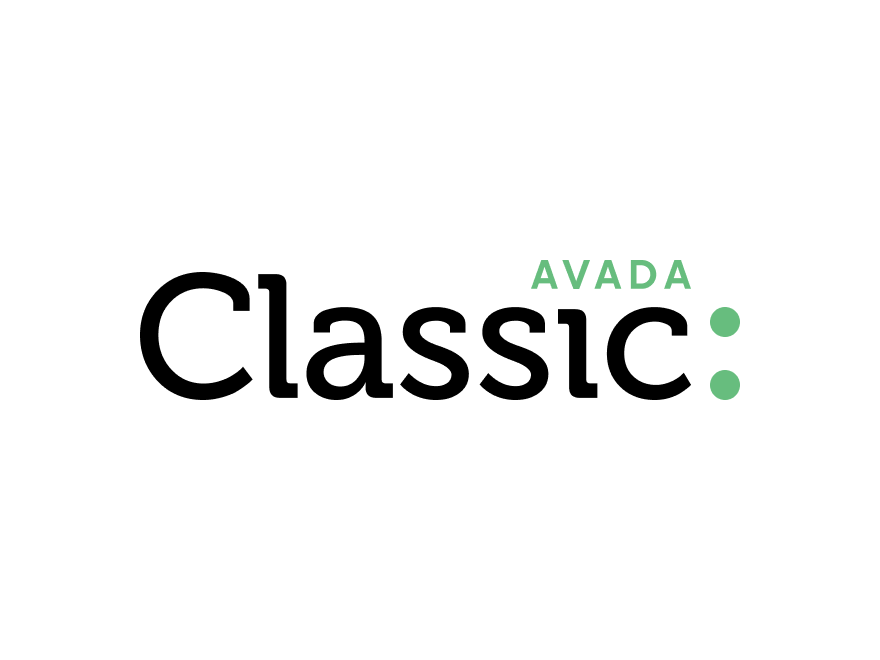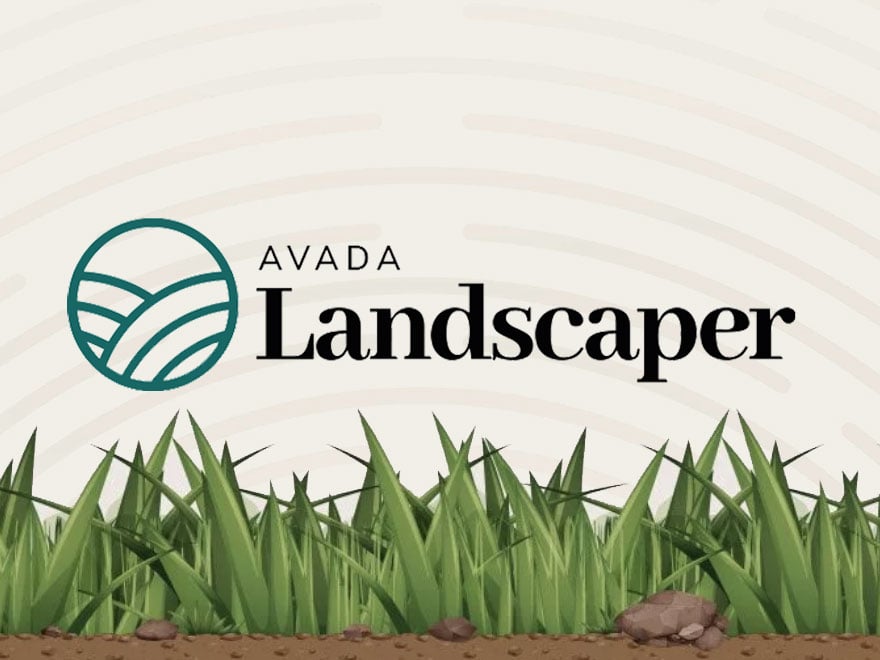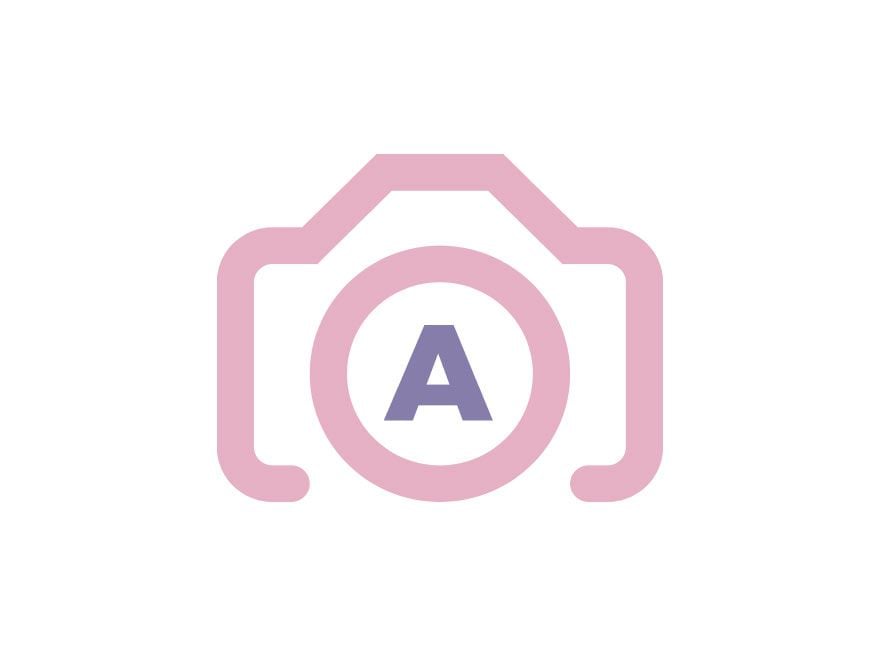Using SVGs in Avada
Last Update: October 31, 2025
Scalable Vector Graphics (SVG) files can be selected and used in Avada as regular images, logos, icons, and more. SVG files are scalable, usually much smaller in file size, and can also be animated using CSS. For more information on SVG files, please follow this link.
For use in content areas, if you prefer, you can use CSS to size any SVGs. Please see below for the various aspects of SVG creation and usage.
Uploading SVG files in Avada
By default, WordPress does not allow the uploading of SVG files. You can use a plugin to get around this, but with Avada, it’s not neccesary. We have provided a Global Option to allow for the uploading of SVG files. This can be found under Performance > SVG Media Upload.
Using SVG Files As Site Logos
SVG files make great logos. They are small sized, and completely scalable. Which means you only need to upload one logo file, and control its size with the Column size, and / or the Image Max Width option. This is good for page load times, as opposed to having multiple images uploaded for various scenarios.
Our recommended method for SVG logos is to use the Image Element in a Header Layout Section. See the video below for more information on that aspect of SVG usage.
Creating an SVG Logo with Adobe Illustrator
Adding an SVG via the Code Block Element
That said, in most cases, it will be easier to use the Image Element than the Code Block Element
Styling an SVG with CSS
SVGs are just like any other element, and can be styled just like any other HTML element.
For example, this is a 50px black circle:
If you add a class to the svg tag, you can then target the class and write CSS to do whatever you want with it:
And just like other HTML elements, you can write your CSS inline, so instead of you can define dimension like:

















































































































